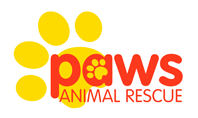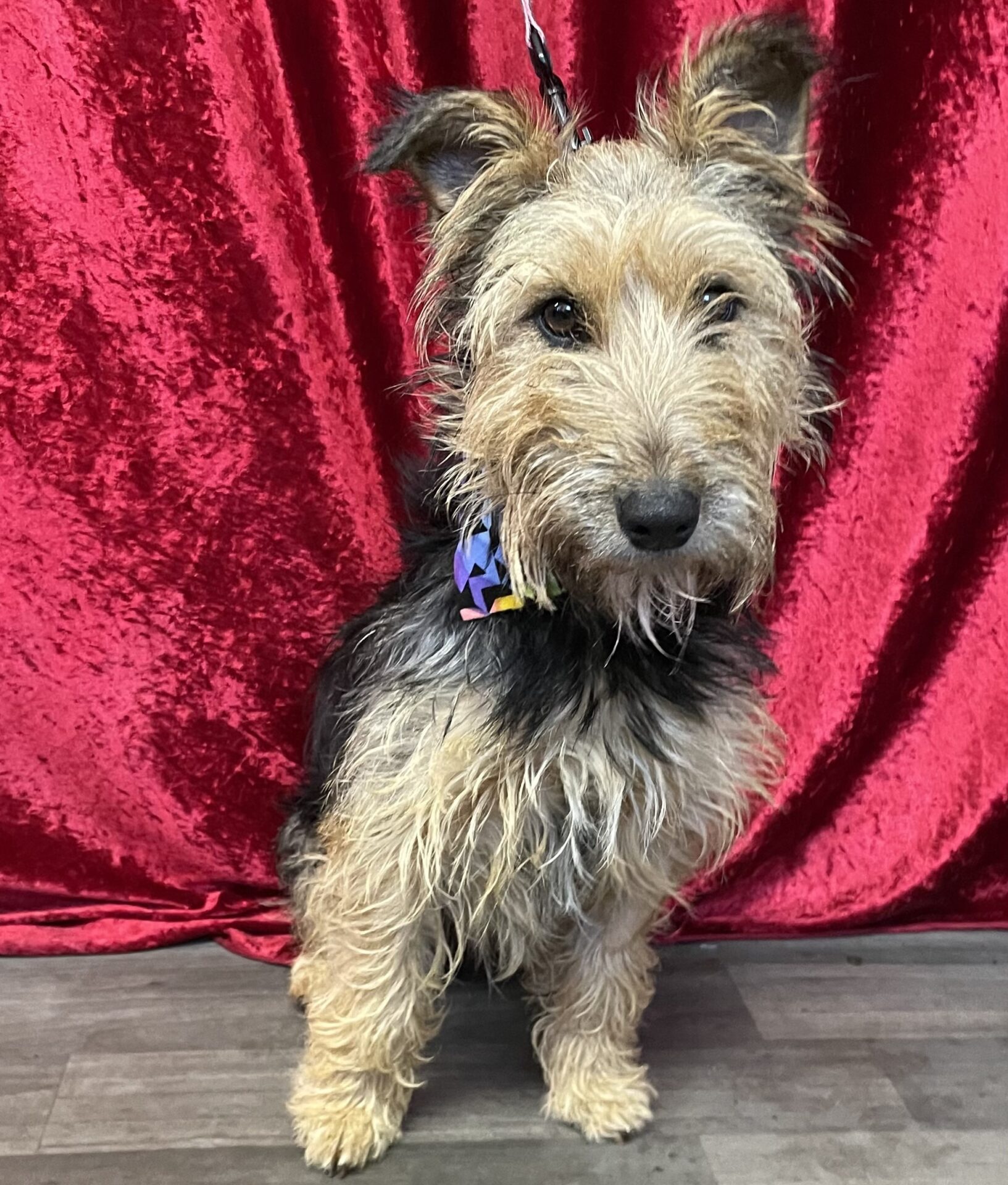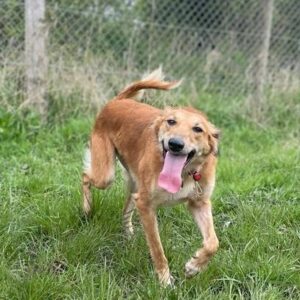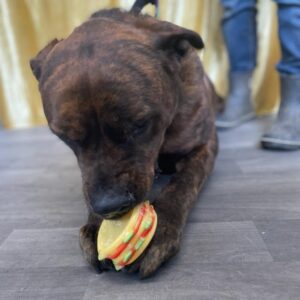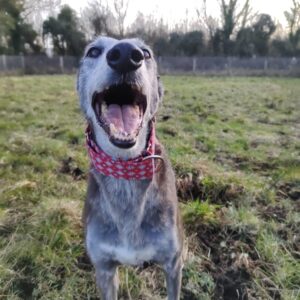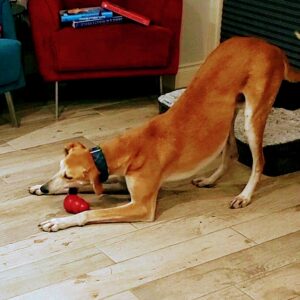Depending on your dog’s breed and activity level, they will still of course need walking even in cold weather. See our post from a couple of weeks’ ago on caring for your dog in colder weather. Older seniors and smaller breeds that are close to the ground won’t be able to go for long walks and their walks will be more sniffing related for short periods. However, there are lots of ways we can provide energy sapping, mental workouts at home that meet our dog’s needs in other ways. This can all be done with simple things around the house and some of your dog’s toys.
Forage boxes can be made up a variety of different things. Smaller boxes with fun and puzzles inside, add food, add packing, add a teaser, add another busy box, add a stuffable toy like a kong or k9 connectable. Be sure to get the children involved in this one – it is a lovely, safe way they can take part in their dog’s enrichment and often enjoy making puzzles for pets. These challenges offer lots of opportunities for children to use their imagination.
The benefits for your dog doing a forage box are varied and vast. It is terrific mental stimulation. It also meets your dog’s feeding and primary senses to chew, dissect, lick, sniff and shred things. It satisfies your dog in ways we can’t meet naturally in other ways in the domestic home. Working out how to empty the box and get to the food and developing dexterous skills in manipulating the boxes and provide a cognitive challenge. Sniffing out, pulling apart and tasting and chewing food all offer sensory pay off, but so does finding their way through each food puzzle, determining its value, and engaging in the puzzle of getting to the good stuff.
Here are a list of things to use in the forage box ;
- Stuffable toys
- a range of food rewards
- Paper rolls, from wrapping paper, toilet rolls, kitchen rolls.
- eggboxes
- balls
- paper cups
- plastic tray inserts from sweets, biscuits etc.
- cardboard cup holders
Because of the home made nature and variable materials used in forage boxes, it’s best to supervise your dog carefully when they have access to this enrichment. Be familiar with your dog and their eating habits, if they have a habit of ingesting things that they shouldn’t, cardboard boxes might not be suitable. Instead, you can use plastic boxes and make sure to supervise them carefully, dogs with varied ingestion habits may still eat the plastic but you can remove them when they’re finished with the puzzles and stuff able inside.
